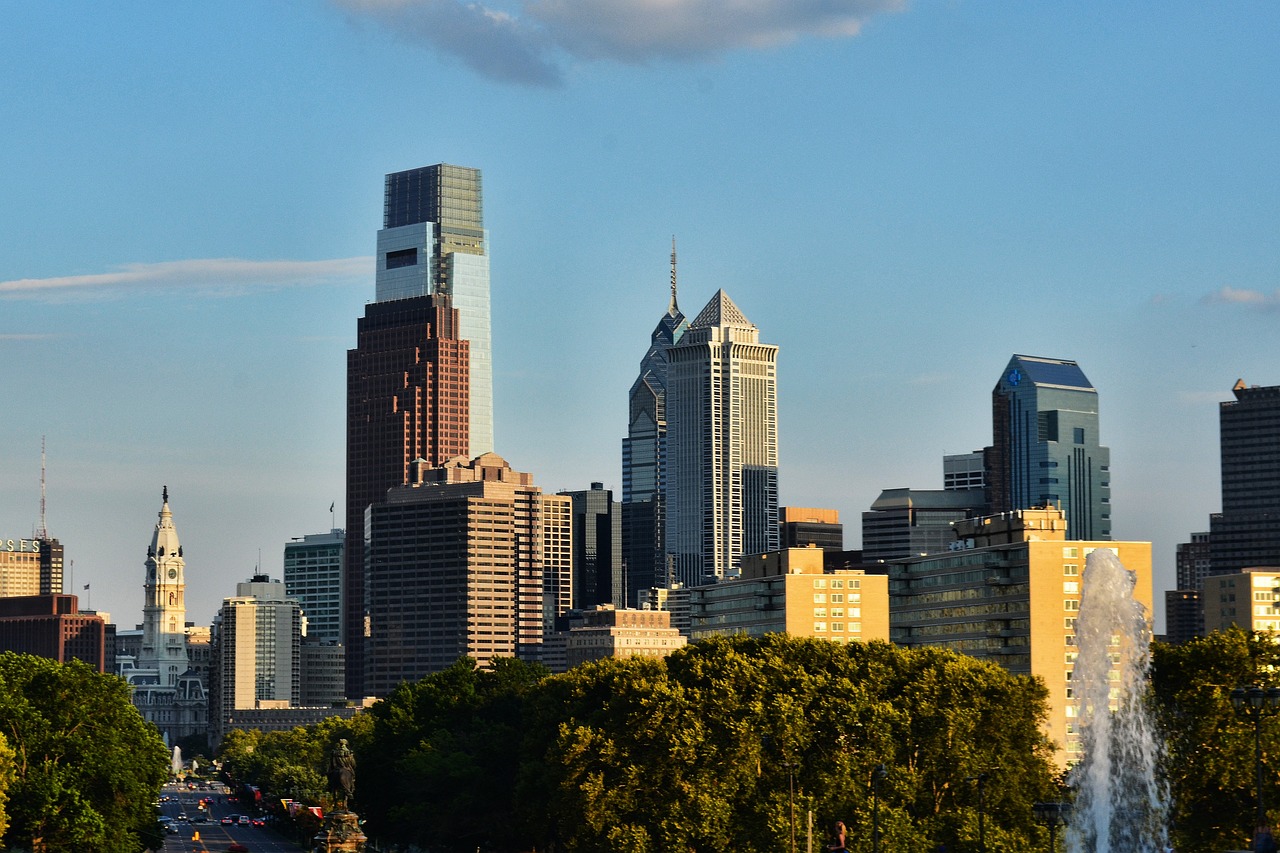Brief History of Philadelphia
From its founding in the late 17th century to its role in the American Revolution and beyond, Philadelphia has been a cornerstone of American history. Here is a quick and easy journey through the history of Philadelphia, highlighting key events, figures, and landmarks that have shaped this iconic city.
The Founding of Philadelphia
Philadelphia was founded in 1682 by William Penn, an English Quaker, who envisioned the city as a place of religious tolerance and freedom. Penn named the city Philadelphia, which means “brotherly love” in Greek, reflecting his belief in the equality of all people.
William Penn’s Vision
William Penn’s vision for Philadelphia was unique for its time. He planned the city with wide streets and public parks, which was a stark contrast to the cramped and overcrowded cities of Europe. Penn’s “Greene Country Towne” was designed to be a place where people could live in harmony with nature and with each other.
The Role of the Quakers
The Quakers played a significant role in the early development of Philadelphia. They established schools, hospitals, and other institutions that laid the foundation for the city’s growth. The Quaker influence can still be seen today in Philadelphia’s commitment to social justice and equality.
Philadelphia in the American Revolution
Philadelphia’s importance in American history is perhaps most evident during the American Revolution. The city was a hub of revolutionary activity and played a crucial role in the fight for independence.
The First Continental Congress
In 1774, Philadelphia hosted the First Continental Congress, where representatives from the thirteen colonies gathered to discuss their grievances against the British Crown. This meeting set the stage for the Declaration of Independence and the eventual birth of the United States.
The Declaration of Independence
On July 4, 1776, the Second Continental Congress, also held in Philadelphia, adopted the Declaration of Independence. This historic document, drafted by Thomas Jefferson, proclaimed the colonies’ independence from Britain and laid the foundation for the new nation.
The Constitutional Convention
In 1787, Philadelphia once again played a pivotal role in American history by hosting the Constitutional Convention. Delegates from the states gathered to draft the United States Constitution, a document that continues to govern the nation to this day.
Philadelphia in the 19th and 20th Centuries
As the United States grew and evolved, so did Philadelphia. The city became an industrial powerhouse and a center of cultural and intellectual life.
The Industrial Revolution
During the Industrial Revolution, Philadelphia emerged as a major industrial center. The city was known for its manufacturing, particularly in textiles, machinery, and shipbuilding. This period of growth brought new opportunities and challenges to Philadelphia, including issues related to labor and immigration.
Cultural and Intellectual Hub
Philadelphia has long been a center of culture and learning. The city is home to numerous universities, museums, and cultural institutions. The University of Pennsylvania, founded by Benjamin Franklin in 1740, is one of the oldest and most prestigious universities in the United States. The Philadelphia Museum of Art, the Franklin Institute, and the Philadelphia Orchestra are just a few examples of the city’s rich cultural offerings.
Historic Landmarks and Must-Visit Sites
Philadelphia is home to many historic landmarks that offer a glimpse into the city’s storied past. Here are some must-visit sites for anyone interested in the history of Philadelphia:
Independence Hall
Independence Hall is perhaps the most iconic landmark in Philadelphia. This historic building is where both the Declaration of Independence and the United States Constitution were debated and adopted. Visitors can take guided tours to learn more about the events that took place within its walls.
The Liberty Bell
The Liberty Bell, located near Independence Hall, is a symbol of American independence and freedom. The bell’s famous crack and its inscription, “Proclaim Liberty Throughout All the Land Unto All the Inhabitants Thereof,” make it a powerful reminder of the nation’s founding principles.
Elfreth’s Alley
Elfreth’s Alley is the oldest continuously inhabited residential street in the United States. Walking down this charming cobblestone street, visitors can see houses that date back to the early 18th century and get a sense of what life was like in colonial Philadelphia.
Betsy Ross House
The Betsy Ross House is where Betsy Ross is believed to have sewn the first American flag. The house is now a museum that offers a glimpse into the life of this important figure in American history.
Eastern State Penitentiary
Eastern State Penitentiary, once the most famous and expensive prison in the world, is now a historic site open to the public. Visitors can explore the eerie cellblocks and learn about the prison’s innovative design and its impact on the American penal system.
This is just a BRIEF History of Philadelphia!
Philadelphia’s rich history is a testament to its enduring significance in American culture and history. From its founding by William Penn to its role in the American Revolution and beyond, the city has played a pivotal role in shaping the nation. Whether you’re a history buff or simply curious about the past, Philadelphia offers a wealth of landmarks, stories, and experiences that bring history to life. Make sure to explore this incredible city and discover the many ways in which Philadelphia has contributed to the story of America.
For more information on visiting Philadelphia and its historic sites, check out the official tourism website at Visit Philly.
